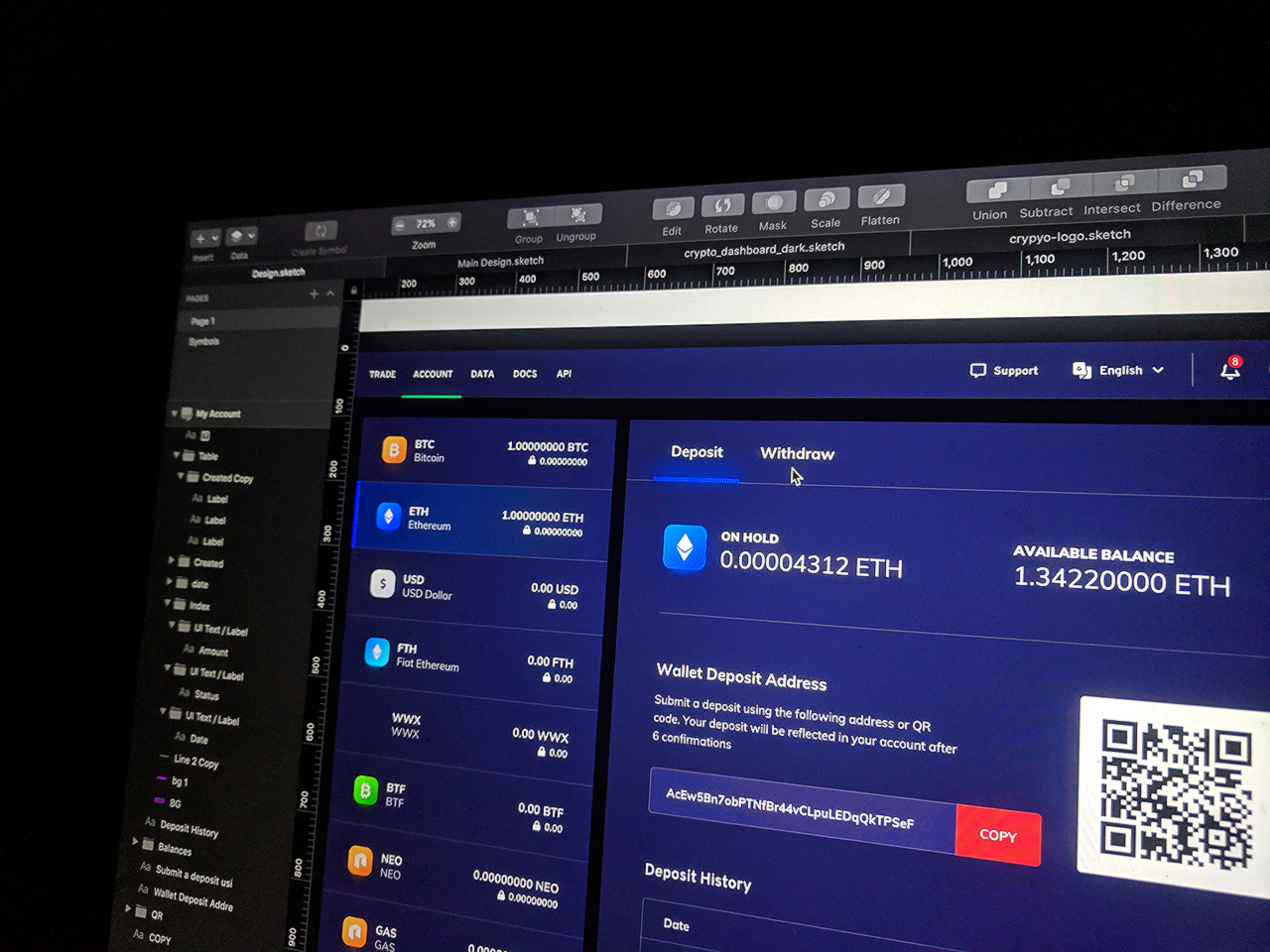
Did you know that our blog has dark mode feature? Have you tried it? Try toggling the button on the top right of your browser if you haven't! These days, everything seems to have some sort of 'dark mode', even food. Many big name software developers are also starting to include dark mode support in their products; other developers are sure to follow. True that dark mode's popularity and demand has been rising as of late. While it does help elevate the aesthetics of your interfaces, and may be easier for some of us to access, there are more about dark mode that are worth knowing about. Let's take a look on each of what dark mode claim to be.
Dark Mode Saves Energy
Not so fast, though, cowboy. If your device's screen uses OLED or AMOLED technology,
then this case is true for you:
dark mode on this type of screen does save some energy and obviously, battery life. That
is because AMOLED screens work by
passing electric currents through organic compounds to light up individual pixels. If a
pixel is black, though, it’ll just
stay turned off, not drawing any power to illuminate. True black (hex 000000) is the
only color that will turn off the pixel,
though. Any other color will draw more power, with white being the most expensive to
display in terms of electricity consumption.
AMOLED is usually more power-efficient than LCD, but not when it comes to white backgrounds. Even Google, whose Pixel phones use an AMOLED, has started promoting dark themes as a way to save battery on Android devices. They’ve demonstrated up to 63% reduced battery usage by dark themes on AMOLED displays, and they’ve been adding this functionality into newer versions of Android.
On the flip side, though, devices with any form of LCD screen won’t see battery life impacted by color at all. Brightness, yes; color, no. LCD displays have a bunch of layers that contribute to the end image, but part of the equation is a backlight made up of a bunch of LEDs. If your screen is on, every single one of those LEDs turns on, consuming the same amount of power regardless of the color that each individual pixel is flipped to. The pixels themselves aren’t consuming any power in an LCD screen.
The science is pretty clear here, which is nice. AMOLED/OLED benefits a lot from dark themes, while LCD does not.
Dark Mode Is Easier on the Eyes
Then again, this claim isn't entirely true. Dark mode can reduce eye strain sometimes,
but not all the time. The other times, dark mode
can put more strain on your eyes in high-light conditions, since it washes out the text.
Dark mode is best applicable in low-light conditions
(night-time or dimmer workspaces). Dark mode is also great for applications that require
attention on the content (like programming and
graphic design), or blogs that are content-driven, they can be easier to see with
light-on-dark themes. On this type of applications,
light-on-dark themes greatly help reduce glare and eye-fatigue.
Dark Mode Is Better for Some People
While dark text on a light background is undoubtedly ideal for most people, especially
in bright environments, that isn’t universally true.
As Google points out in its explanation of Android’s new dark theme for developers, dark
mode “improves visibility for users with low vision
and those who are sensitive to bright light.”
For example, some people have “photophobia,” which can cause bright light to trigger migraines. Dark mode could help these people.
Other people may have vision conditions that make it easier to read bright text on a dark background. That’s why the “invert colors” option has been part of operating systems like Windows, Android, and Apple’s iOS even before dark mode became trendy.
But dark mode is better than those accessibility options: It just looks nicer. For many people who need dark interfaces, dark mode will be a slick upgrade over clunky solutions like the old Windows “high contrast” theme.
Should You Use Dark Mode? Please do if You Like It!
So is dark mode good or bad? Should everyone use it or should no one? Truth be told, dark mode
isn’t a one-size-fits-all improvement for everyone. That’s why it’s an option—one that’s
not enabled by default.
If you don’t like dark mode, don’t use it. Yes, it’s trendy, but it’s not necessarily easier on your eyes. In bright environments, light mode could be easier on your eyes and make you more productive.
If you do like dark mode, use it! Even in a light environment, if you prefer that look and don’t have trouble reading your screen, go ahead and use dark mode. There’s more to life than chasing small incremental improvements in theoretical productivity.
Or, even better, be context sensitive. Enable dark mode at night or in dark environments and use light mode during the day.